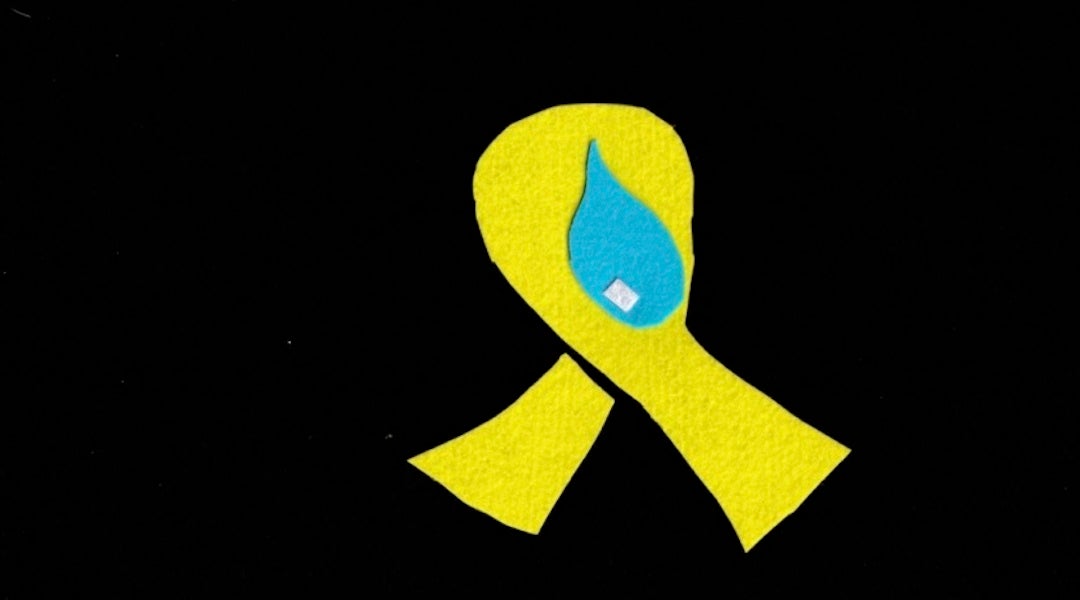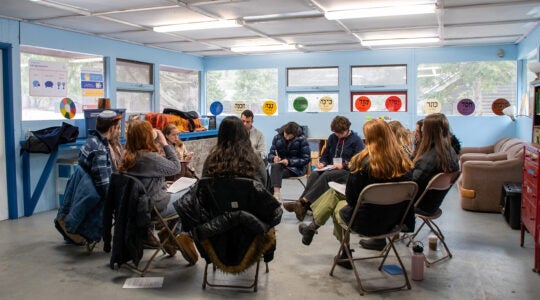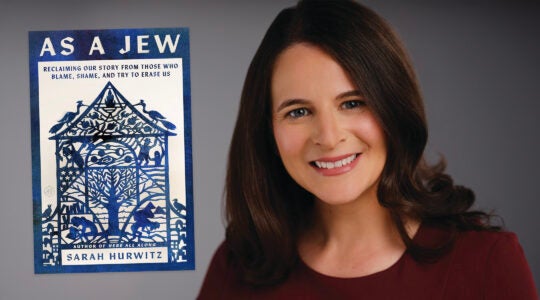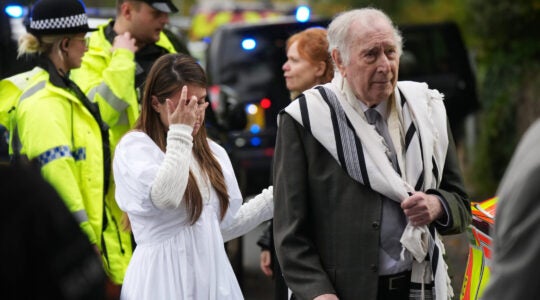When I heard the news of a deal to return the hostages and end the war, I shed tears of joy and relief. This is a day we have been waiting for literally for years — hundreds of days without hope.
I worried the words of our prayer for the hostages, “they will come to Zion with joy,” would never come true. But now I dare to dream about a return of joy to Simchat Torah, which we hope will mark not only the anniversary of murder and captivity but also a deliverance and return.
But if I am honest, my tears were not only of happiness. I also cried for so much that was lost, for so much pain and suffering, for so many killed in Israel and then in Gaza, for so much healing that still needs to happen.
To make sense of this mix of intense emotions, I found myself going back to a story in my family from hundreds of years ago: the saga of Rabbi Yom Tov Lippman Heller (1579-1654). Known as the Tosafot Yom Tov (after his commentary on the Mishnah), Rabbi Heller was the chief rabbi of Vienna, and later Prague. I am descended from him through my mother’s side; when I was growing up, he was famous in our family for declaring that turkey was not kosher, and asking his descendants to refrain from eating this bird from the New World (I still don’t eat turkey). But I also knew he suffered in his life. With today’s news in mind, I went back to read his story.
In the summer of 1629, Rabbi Heller was arrested on trumped up charges and thrown in jail. As Joseph Davis wrote in his biography of Rabbi Heller, he was only released after others in the Jewish community negotiated on his behalf by committing to pay a heavy financial price. After coming home, he later wrote in his memoir, Rabbi Heller struggled with how to mark his return to freedom. On the one hand he was elated – the day he dreamed of had arrived. It should be a day of celebration and feasting! On the other hand, he owed a massive fine to the authorities. He had no more personal property and he was forced to resign from his rabbinic position.
Confused about how to mark the occasion, he came across a piece of Torah that guided him. In a commentary on the Book of Esther, R. Eliezer Ashkenazi (1512-1585) considered the question: Why was a celebratory feast declared to mark Purim, but not Hanukkah? After all, both are holidays of victory and deliverance from doom. The answer, R. Ashkenazi wrote, was that, unlike the salvation in Purim, where the Jews escaped unscathed, in the battles against the Greeks, many Jews lost their lives; the victory came at a great cost.
Heller read this commentary and decided to mark the day of his freedom from captivity — but to do so by declaring a fast on the Fifth of Tammuz, the date of his arrest, for all of his descendants, forever. He said: “I am still suffering”; he could not fully celebrate. This helped me make sense of how I am feeling now: Amidst all the joy of the return, I am holding grief as well.
There is a second story of Rabbi Heller that also gave me some inspiration in this moment. Years earlier, in 1625, he lived in Vienna during a plague. Hundreds of people of all ages died from sickness. But Rabbi Heller survived. He struggled with how to mark his survival. Should he praise God for performing a personal miracle for him, even though many others had perished? Ultimately Rabbi Heller took inspiration from a story in the Talmud, in which Rabbi Shimon Bar Yohai survives a persecution from the Roman authorities by hiding in a cave. Following his survival, R. Shimon bar Yohai pledged to “mend something”; he proceeded to declare pure a field that was of unknown status.
Rabbi Heller noted that he must be grateful to God for surviving the plague — but the essence of his religious response was not gratitude, but to “mend something.” He instituted additional study of a religious text — the Orhot Hayyim — before daily prayer services, for he felt that the community needed to improve its ethical commitments. He noted that even though they had survived the physical plague, the community had a “spiritual sickness” and needed to be healed.
In this fraught moment – another year of joy mixed with sorrow – I want to recall the moments in our history when we have held these emotions together. Rabbi Heller teaches us that we can feel both of these feelings at the same time. And he also modeled that gratitude must be accompanied by improving our ethical behavior. May we see more joyous days ahead, and may we hold our mixed emotions together while working to grow spiritually and morally.
JTA has documented Jewish history in real-time for over a century. Keep our journalism strong by joining us in supporting independent, award-winning reporting.






